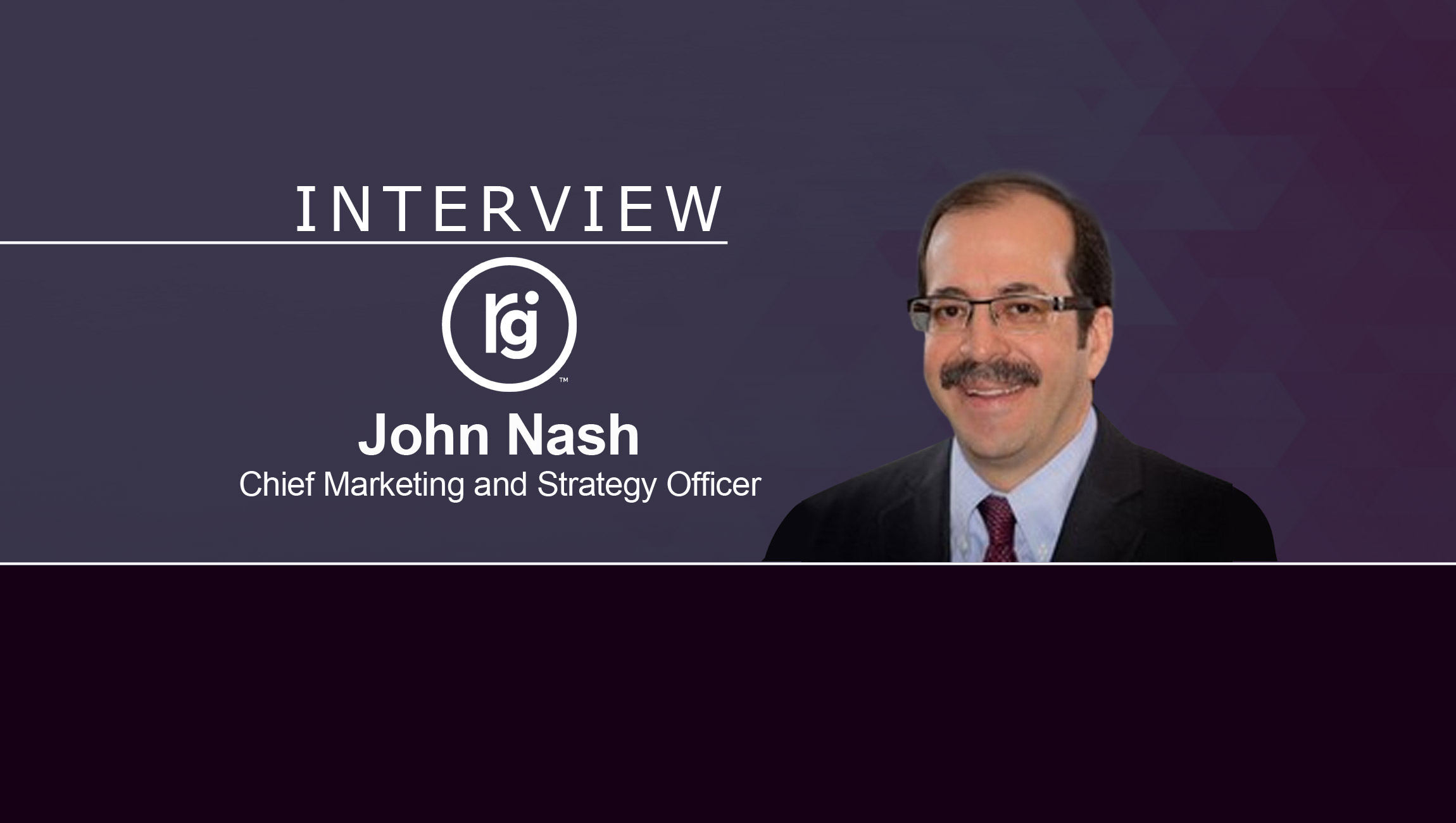While most customers across industries have been showing signs of wanting improved interactions between them and the brands they deal with, how is this need leading to a change in processes and customer communications in the banking industry? John Nash, Chief Marketing and Strategy Officer at Redpoint Global dives into this topic in our chat: _______ As Redpoint’s Chief Marketing and Strategy Officer, I am hyper focused on driving growth, developing new markets and advancing our thought leadership. I’ve spent my career focused on generating revenue growth through the application of advanced technologies, innovations and analytics. Fortunately, our team has always been set up to collaborate remotely, so we have not missed a beat due to office and travel restrictions. We have missed seeing everyone in person, but those days will soon be back. Marketing Technology News: MarTech Interview with Tobias Knutsson, CEO at Adverty Our team at Redpoint recently partnered with Dynata to conduct a survey of 1,000 U.S. consumers in an effort to determine whether banks are meeting customer expectations. From this survey, we discovered that banks are lagging – falling short of meeting customers with effective communication via the channels they are banking. One of the largest takeaways from the survey is the size of the expectation/experience gap, i.e. the ‘expected experience’ versus the ‘actual experience’. According to our results, 82 of respondents expect banks to personally understand them, but only 38 percent say banks are effective in doing so. The amount of information banks have on consumers, including major life events, is of little surprise. But what is surprising is that banks are not utilizing said information to reach consumers with fluid, personalized interactions. The majority of consumers (88%) want their communication with their banks to be a seamless, omnichannel experience. They want to be able to log onto their banks website and have access to the same consistent information that they would on their mobile app, over the phone or at an in-person branch visit. This is especially prevalent given how behaviors have shifted amid COVID. Whereas pre-pandemic only 26 percent of consumers were digitally banking in a notable way, today 83 percent of consumers are taking advantage of digital options, with three-quarters planning to continue to do so long into the future. When it comes to personalization, banks need to focus on bringing together the consumer data they have on hand to personalize engagements. Currently, 67 percent of consumers think retailers offer better personalized experiences than banks and 54 percent think the same of digital-first financial services. Accelerating alongside other industries and options means focusing on a digital-first data-driven approach. The consumer shift to digital banking isn’t changing anytime soon. In fact, based on our survey results, we can see that consumers plan to continue banking digitally, including via mobile applications, far into the future. With the pandemic, consumers have been exploring new, convenient ways to accomplish daily tasks. The digital choices consumers have available today are making it an easy choice for them to lean into their smart devices to get things done, including their banking. With that, financial institutions must address their omnichannel approach to better reach customers. They should ensure that their communication is consistent across channels so that they can reach consumers with the information they need in the places that are most relevant to them. Banks should be focusing on the customer data they have and using it to bring relevant, personalized information to their audiences. They should remove data silos across channels, which advanced technologies like machine learning and AI can help with, to take a customer-centric view to their interactions. As a consumer, I can tell that my bank is still siloed by product line and by channel, whereas I shouldn’t be able to detect that. By delivering truly customer-centric experiences, banks will better reach them with unique offers and drive customer loyalty. Marketing Technology News: Why Affiliate Marketers Need Ad Tracking Innovation Now Consumers expect their banks to understand them, but don’t feel like they are effective in doing so. They feel like informed communication via their bank is lacking and they are not receiving consistent and seamless communication across all channels – from local branch to website to mobile applications. The messages received aren’t personalized to specific needs or financial goals – if a customer is planning to buy a house in three years, their bank should be targeting them with products that will help them save for this goal. Lack of personalized offers and inconsistent messages leave consumers feeling their relationship with their bank is lacking, which is directly impacting customer loyalty to traditional banks and opening the door to challenger options. Banks creating strong customer experiences are aggregating massive amounts of customer data into a strong foundation from which they can offer the most personalized messages and offers, in real-time. These are the financial organizations using CDPs to continuously learn about customers for intelligent, personalized decisioning, that drives revenue. They are doing so while recognizing there is some ambiguity in their data – it is not just “accounts” that matter, but also “people,” “households” and “anonymous consumers.” Finally, they are able to action their data for highly granular segments – down to the individual level for some actions – so that they can use machine learning to test, tune and optimize experiences over time. I recommend looking to two sources: entrepreneurial uses of financial technology and customer-centric retailers. Look at how fintech providers are using a wide range of data – including behavioral data – in real time to create a more immediate and personalized experiences. Look at how customer-centric retailers have woven their data into a completely closed-loop process to deliver personalized experiences across both anonymous and known customer journeys. There are many lessons banks can learn from providers like these. Marketing Technology News: MarTech Interview with Paul Azorin, Co-founder and Chief Brand Officer, BairesDev With Redpoint’s software platform, innovative companies are transforming their customer experiences across the enterprise and driving higher revenue. Redpoint’s solutions provide a remarkably unified, single point of control where all customer data is connected and every customer touchpoint intelligently orchestrated. John is the CMO and Chief Strategy Officer at Redpoint GlobalTell us a little about yourself John…we’d love to hear about your role, a typical day at work. How has that changed for you and your team in light of the ongoing global pandemic?
We’d love to dive into Redpoint Global’s latest banking survey and the key highlights/findings – can you share an overview?
How should financial institutions and banks be focusing on creating better customer experiences in today’s highly mobile enabled and digital marketplace?
What are a few top concerns that are impacting better customer experiences in this industry?
Can you share a few highlights on what leading consumer banks have been trying to do differently to ensure a better CX through their customer’s digital journey?
Take us through some of the top global banks that boast strong overall customer experiences and what other financial institutes can learn from it.

How Should B2B Tech Marketing and Sales Leaders Plan Improved Processes through 2021? Catch More:











